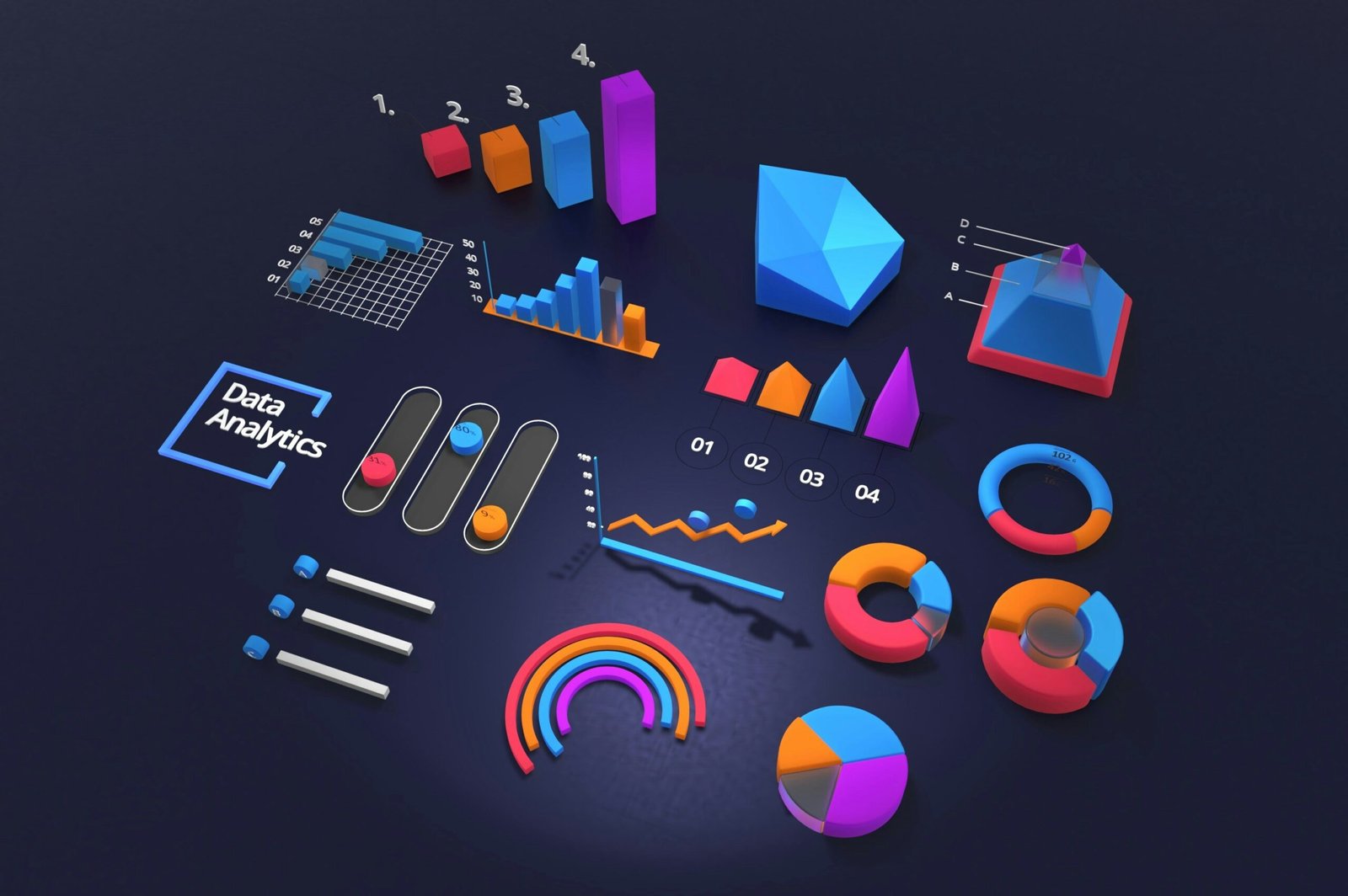Education is undergoing a transformation. The traditional classroom, where teachers are the sole source of knowledge, is evolving. More schools and universities are adopting innovative approaches to make learning more engaging. One such approach is the rise of peer learning platforms. These platforms allow students to take charge of their education by teaching and learning from one another.
In this blog, we’ll dive into what peer learning platforms are, their benefits, and why this collaborative model is shaping the future of education.
What Are Peer Learning Platforms?
Peer learning platforms are digital or in-person spaces where students collaborate to teach and learn from each other. These platforms can be used across various levels of education, from elementary schools to universities. Unlike the traditional teacher-led model, peer learning encourages students to share their knowledge and help others understand the material.
Many peer learning platforms leverage technology to create an interactive environment. Students can ask questions, explain concepts, and provide feedback to their peers. These platforms promote active participation, leading to deeper understanding and engagement with the material.
Examples of peer learning platforms include online discussion boards, collaborative study apps, and virtual tutoring sessions where students guide one another. In these settings, everyone takes on the role of both learner and teacher.
The Benefits of Peer Learning Platforms
The shift toward peer learning is driven by its many advantages. Here are some key reasons why peer learning platforms are gaining popularity in modern education:
1. Encouraging Active Learning
One of the most significant advantages of peer learning is that it promotes active learning. Rather than passively absorbing information from a lecture, students engage with the material by explaining it to others. When students teach their peers, they reinforce their understanding of the concepts. This active involvement leads to better retention and comprehension.
It also require students to think critically. They must analyze the material, break it down, and present it in a way that others can understand. This process deepens their knowledge and sharpens their critical thinking skills.
2. Building Collaboration Skills
In today’s world, collaboration is a crucial skill. The ability to work effectively with others is essential for success in any field. Peer learning platforms encourage students to work together, share ideas, and solve problems collectively. Students learn how to communicate effectively, negotiate, and support one another through their learning journeys.
These platforms also foster a sense of community. Students feel more connected when they collaborate with peers. This sense of belonging motivates students to participate actively and engage more fully in their education.
3. Developing Confidence and Leadership
Teaching others helps students build confidence. When students explain concepts to their peers, they develop self-assurance in their abilities. This confidence carries over to other areas of their academic and personal lives.
Moreover, It also offer opportunities for students to take on leadership roles. By guiding their peers, students practice leadership and mentorship skills. These experiences prepare them for future roles where they may need to lead teams, teach others, or collaborate in professional settings.
4. Catering to Diverse Learning Styles
Every student has a unique learning style. Some may grasp concepts quickly by reading, while others may need hands-on experience or verbal explanation. Peer learning platforms allow students to learn in ways that suit their preferences. They can ask questions, engage in discussions, or even request alternative explanations from their peers.
This diversity in learning approaches benefits all students. Those who struggle with traditional teaching methods can find support from their peers, while students who excel can deepen their understanding by explaining concepts to others.
5. Reducing Pressure on Educators
Teachers often face the challenge of managing large classes with students who have varying levels of understanding. Peer learning platforms can help alleviate some of this pressure. By encouraging students to teach one another, educators can focus on providing guidance and support rather than trying to meet every student’s individual needs.
When students engage in peer learning, they take ownership of their education. They become more self-sufficient, relying less on the teacher for every explanation. This creates a more balanced classroom dynamic where the teacher becomes a facilitator rather than the sole source of knowledge.
Examples of Peer Learning Platforms
Several tools and platforms are available to support peer learning. These include both tech-driven solutions and traditional in-person methods. Here are some examples of peer learning platforms that schools and universities are using today:
1. Piazza
Piazza is an online platform that allows students to ask questions and receive answers from both their peers and instructors. The platform facilitates large-group discussions, making it easy for students to collaborate on problem-solving and share knowledge.
2. Peergrade
Peergrade is a platform where students can submit their assignments and receive feedback from their classmates. By reviewing each other’s work, students gain insights into different approaches and perspectives, while also improving their own work.
3. Study Groups
While not a digital platform, study groups are a classic example of peer learning. Students gather in small groups to review materials, discuss concepts, and help each other prepare for exams. Study groups can be organized in person or through online meeting tools, making them a flexible option for peer learning.
How Peer Learning Platforms Enhance Student Engagement
Engagement is a critical factor in student success. When students are actively engaged in their education, they’re more likely to retain information, develop deeper understanding, and achieve academic goals. Peer learning platforms increase student engagement in several ways:
1. Ownership of Learning
In peer learning, students take an active role in their education. They aren’t just recipients of information—they’re contributors to the learning process. This sense of ownership motivates students to participate and take their education more seriously.
2. Social Learning
Humans are social creatures, and learning is no exception. Peer learning platforms provide opportunities for social interaction in an academic setting. Students can collaborate, discuss ideas, and learn from one another, creating a more dynamic and interactive learning environment.
3. Immediate Feedback
In traditional education, students often wait for days or even weeks to receive feedback on their work. Peer learning platforms offer immediate feedback from classmates. This quick feedback helps students adjust their understanding and improve their work more rapidly.
Challenges and Solutions for Peer Learning Platforms
Despite the many benefits of peer learning platforms, implementing them effectively can be challenging. Here are a few common challenges and possible solutions:
1. Uneven Knowledge Levels
One concern with peer learning is that not all students will have the same level of understanding. If one student is significantly ahead or behind, the learning dynamic may suffer. To address this, teachers can group students with similar knowledge levels or rotate roles so that everyone has a chance to teach and learn.
2. Peer Pressure
Some students may feel uncomfortable teaching their peers, especially if they fear judgment. Creating a supportive and non-judgmental environment is essential for the success of peer learning. Teachers should encourage positive reinforcement and remind students that everyone benefits from shared knowledge.
3. Lack of Structure
Without clear guidance, peer learning sessions can become unproductive. Teachers need to provide structure by setting clear objectives and offering guidance on how to facilitate discussions and teach effectively.
The Future of Peer Learning Platforms
As education continues to evolve, peer learning platforms will play a more prominent role in classrooms. These platforms offer a collaborative, student-centered approach to learning that fosters engagement, creativity, and critical thinking. By empowering students to teach each other, peer learning platforms create more well-rounded learners who are prepared for the demands of the modern world.
Education is no longer about passive listening—it’s about active participation. The shift toward peer learning platforms is making education more interactive, dynamic, and inclusive.





